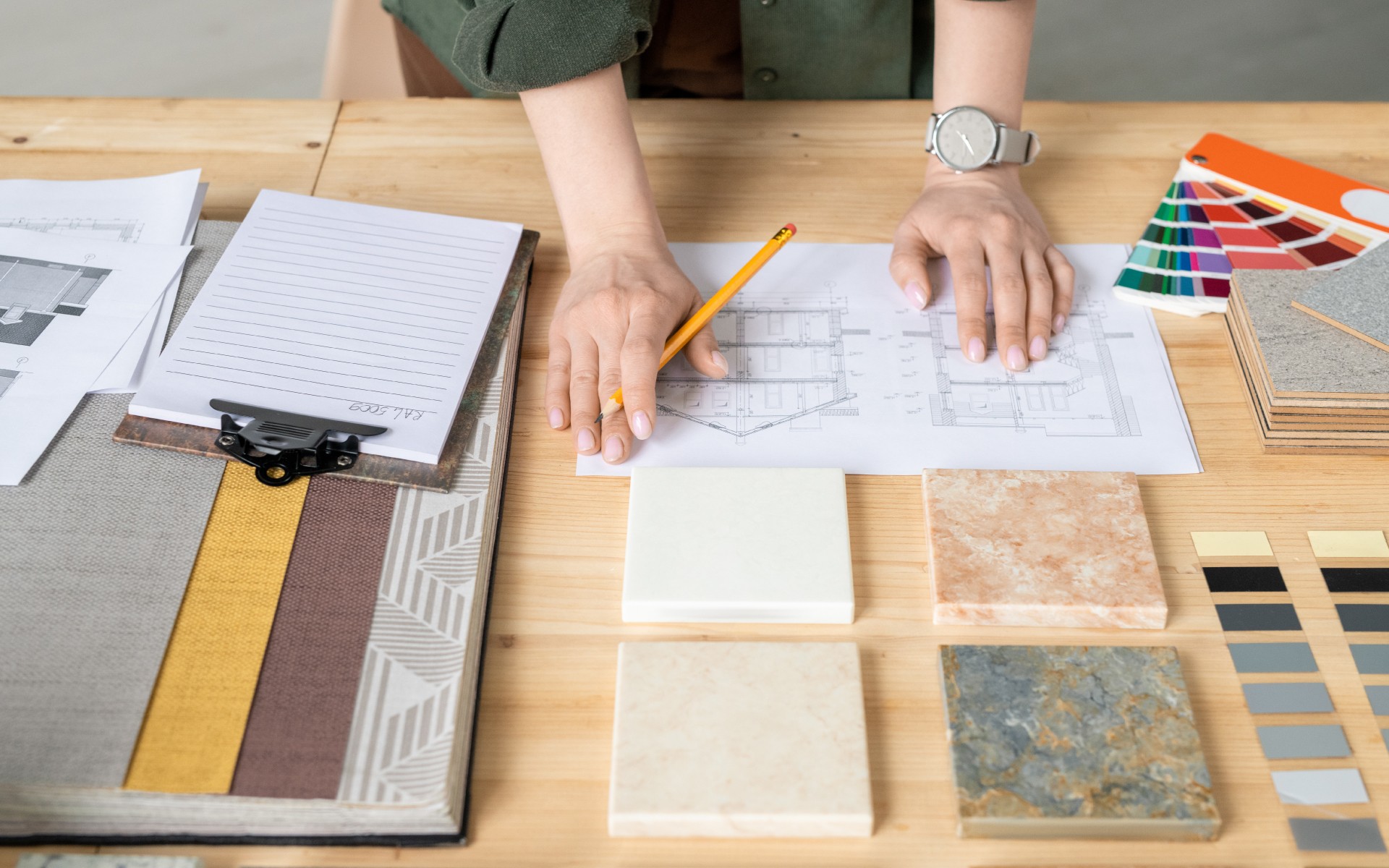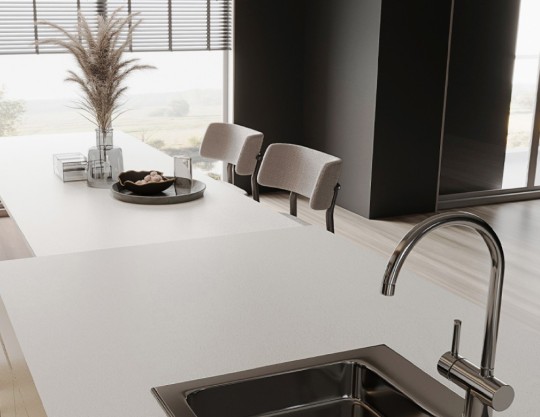HPL in practice – what professionals should know? Insights from a design and architecture collaboration specialist
References
HPL – A Durable Material for Demanding Projects
High Pressure Laminate (HPL) has been used in Poland for over 40 years—both in interior design and in external architectural applications. It is especially valued in ventilated façade systems installed on substructures in line with technical norms and industry standards. While there are several manufacturers on the market, HPL installation requires precision, knowledge, and experience.
One of HPL’s key strengths is its broad aesthetic range—from solid colours to wood- and stone-effect surfaces—making it a frequent choice in modern architecture. It is a technically advanced and highly durable material, often exceeding warranty specifications in real-world use. However, it requires careful planning and skilled workmanship. Selecting a qualified installer is crucial—not every façade company is equipped to handle the specific requirements of HPL systems.

HPL – Versatile and Technically Refined
HPL combines mechanical strength, design flexibility, and a wide range of potential applications. While it is increasingly popular in single-family homes—as cladding between windows or on façades—it remains widely used in public buildings such as schools, hotels, swimming pools, and banks, where durability and appearance are both key.
The material is best suited for flat surfaces—it is not designed for bending or thermal forming. HPL consists of multiple layers of resin-impregnated paper compressed under high pressure, with a decorative top layer. A 10 mm panel, for example, contains approximately 100 sheets of kraft paper. Exterior versions can be finished with UV-resistant coatings and meet Class B fire performance. While the standard core is dark brown, colour-matched cores are also available to complement the decorative surface. HPL is equally well suited to interior use, including wall cladding and decorative applications.
HPL Indoors – A Contemporary and Lightweight Solution
The main difference between interior and exterior HPL lies in the presence of UV protection—unnecessary in indoor settings. A growing trend is the use of HPL as a kitchen worktop material. Manufacturers such as Puricelli offer dedicated 12 mm HPL collections with wood and stone-effect décors. These panels are lightweight, moisture- and stain-resistant, and easy to clean. Colour-matched cores have become standard.
Compared to quartz surfaces or large ceramic slabs, HPL is significantly lighter while still offering excellent performance. This allows for design freedom—there is no need to reinforce cabinets or thicken carcasses—resulting in simplified construction and reduced project costs.
HPL – Market Potential and Industry Challenges
Compared to other façade materials such as large ceramic slabs, fibre cement, or aluminium cladding systems, HPL offers greater decorative variety and significantly lower weight. This makes it a technically and visually attractive solution. However, despite growing popularity, HPL is still underused in worktop applications—not due to cost (HPL is often more affordable than quartz surfaces or large ceramic slabs), but due to limited contractor awareness. Many carpenters remain unfamiliar with HPL or lack the tools and confidence to process it. As a result, the material is sometimes overlooked. The same applies to façades—only a limited number of specialist companies in Poland are equipped to handle HPL installation. The process requires experience, planning, and technical infrastructure. This is why material suppliers often work with trusted partners to provide comprehensive support, from specification through to installation.
HPL in Residential Development
HPL is increasingly used by residential developers—both in large cities and smaller markets. It is applied in window recesses, balcony cladding, staircases, and other accent elements. These applications enhance architectural identity without altering the building’s structure or significantly increasing cost. Developers are becoming more open to investing in higher-quality finishes that improve both the perceived value of their projects and the customer experience.
HPL is a high-performance material offering exceptional design freedom. Its broad range of décors and finishes allows architects and designers to align it with virtually any concept—indoors or out. That versatility is what makes it so popular with professionals and private clients alike. Still, project success depends not only on the material itself, but on the skill of those who install it. Whether used in façades, furniture, or interiors, HPL requires knowledge and precision at every stage. That’s why investing in contractor education is essential—the more the industry understands HPL’s potential, the better it can respond to the growing expectations of today’s conscious investors.
The text was prepared based on a conversation with Krzysztof Grzanowski, a specialist in cooperation with designers and architects.



